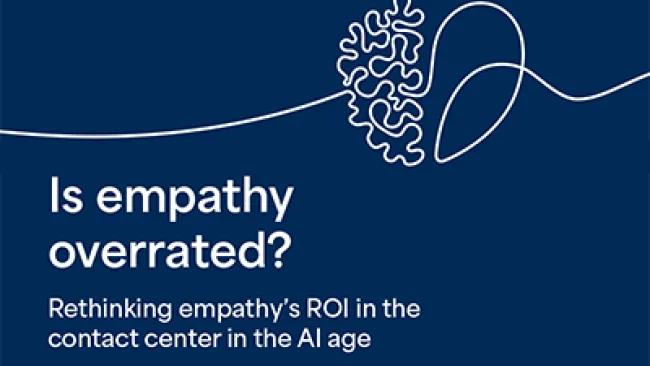When it comes to data, more isn’t always better.
Does more data lead to better decision making? Not necessarily, according to a recent CMO Council report, Bringing a Human Voice to Customer Choice
Instead of truly listening to the voice of the customer, respondents say they often face data paralysis and resort to making decisions based on assumptions. While there isn’t an easy solution, some believe it begins with making big data smaller.
The customer data situation
When it comes to how well brands understand their customers, there’s a noticeably wide gap between what companies believe versus consumer perceptions. Consider these findings:
- 39 percent of brands feel they are doing a “fairly good” job at listening for behavioral signals and cues, but admit that while they can aggregate intelligence in some channels, they are struggling in others.
- 33 percent say they are just doing “just okay.” They’re listening, but not necessarily understanding what customers actually want or need based on what they hear from them.
- Consumers were less forgiving. Only 17 percent of consumers felt brands did an exceptional job tending to the building and developing an on-going relationship; 21 percent felt brands did a bad to horrible job nurturing and building a bond.
Other research firms point to similar findings. In 2018, customer experience quality languished for the third year in a row, according to Forrester. Part of the problem is attributed to the fact that companies are struggling to aggregate the right data and identify the moments of opportunity to deliver exceptional experiences to their customers.
Small data: Less is more
As opposed to big data—massive amounts of structured and unstructured information that must be processed with specialized analytical tools—small data represents information in a volume and format that’s accessible, informative, and actionable. The data is small enough that it can be processed by a single machine and understood by an individual. Small data, for example, can refer to a weekly report or the specific attributes and points of insight delivered through a sensor or IoT device.
The concept of small data is appealing to marketers who are looking for answers to specific questions. “The criticality of small data sits with the insights that reveal the “why”—why is the customer here today, why are they searching, why are they buying, why are they NOT buying?” according to the report. In other words, small data enables businesses to make timely, strategic decisions on how to meet customer needs.
Of course, even small data includes challenges. Businesses need a system for converting big data sets into manageable patterns that can be analyzed. Marketers also need an idea of the types of data and customer insights that they’re looking for beforehand.
However, business leaders are confident that they can gain value from small data. Nearly half (45 percent) of marketers surveyed believe that they are “personally prepared” to extract better customer insights and signals from small data. However, 37 percent are less confident in their organization’s ability to act on the customer intelligence available in small data in real time.
Back to customer intelligence basics
Getting access to data isn’t the problem; consumers continue to leave clues about what they want and when they want it. But as those surveyed point out, tuning out the noise to convert those clues into actionable insights and decisions is increasingly difficult. That’s why some companies are willing to take a bet on small data to identify the moments that matter to customers. After all, good things come in small packages.
















